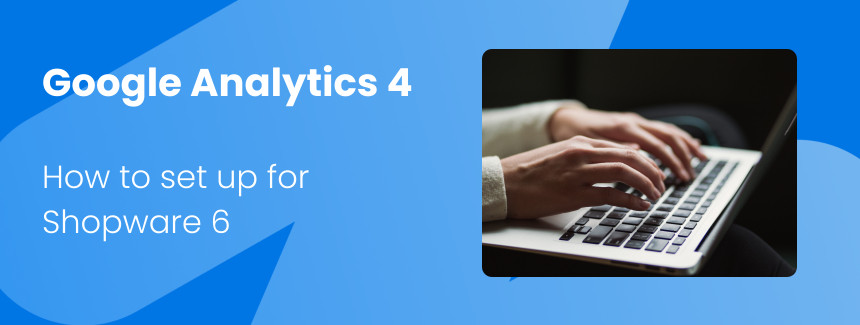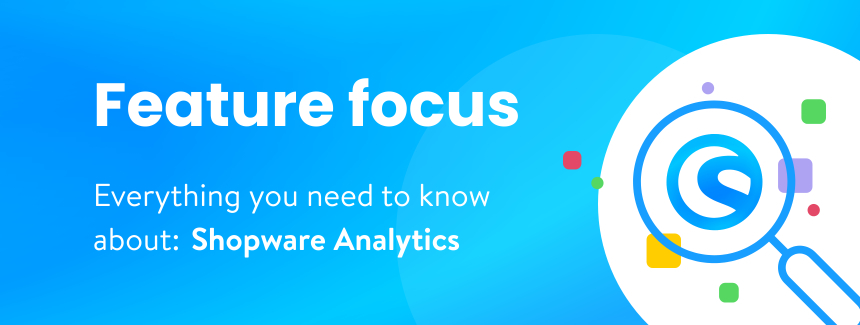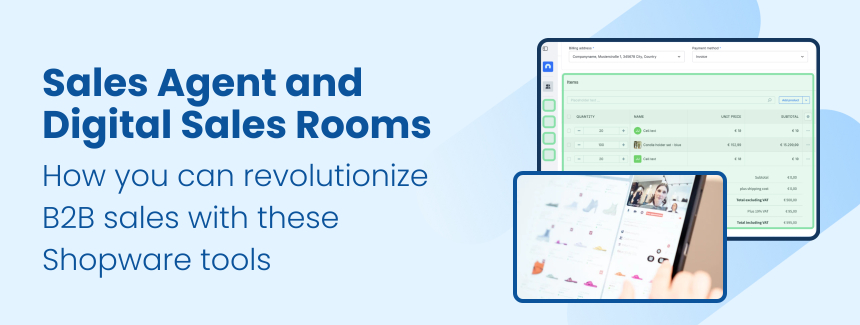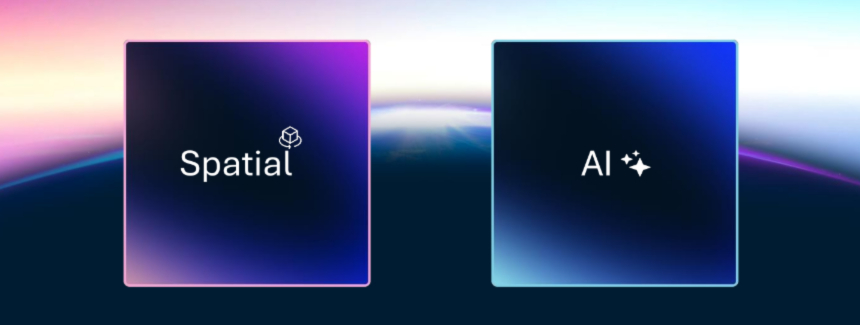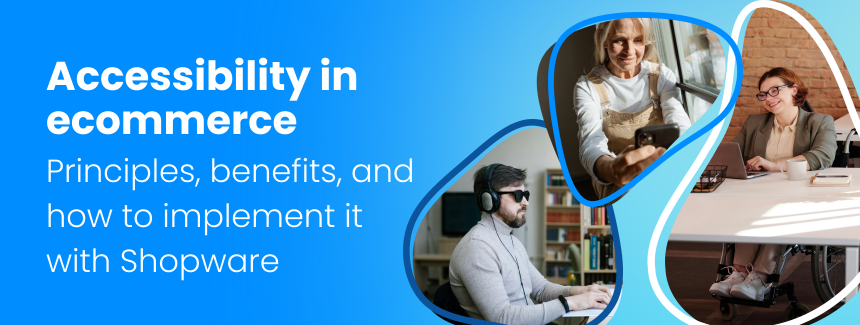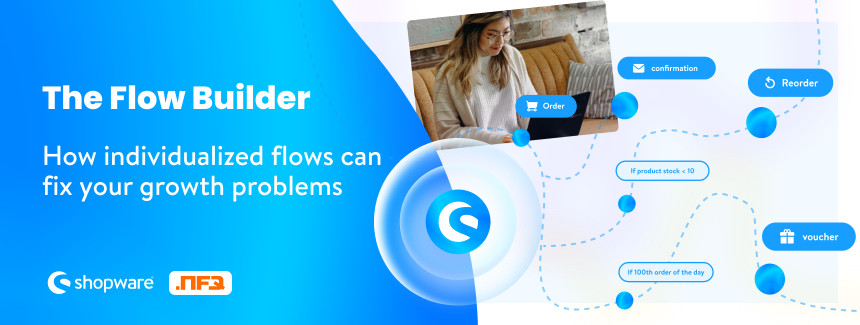Più potere al cliente: come il self-service digitale accelera i processi di vendita B2B e aumenta la soddisfazione dei clienti
Abbiamo fatto luce su una tendenza importante nel B2B: il self-service digitale. Scoprite come questo approccio può alleggerire il vostro team di vendita e allo stesso tempo aumentare in modo tangibile la soddisfazione dei clienti.






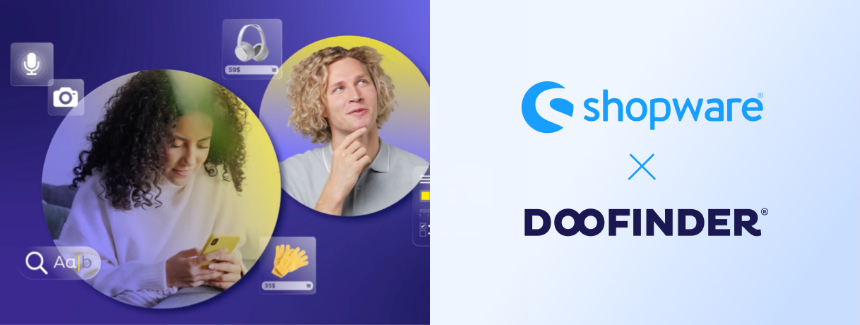
![“Cambiare piattaforma ecommerce B2B? Può aspettare!” – 5 scuse del tuo capo e come smontarle [con checklist] “Cambiare piattaforma ecommerce B2B? Può aspettare!” – 5 scuse del tuo capo e come smontarle [con checklist]](https://images.ctfassets.net/nqzs8zsepqpi/4yBh6Q4YrV71T5o3kDft5n/cb062bb35aff0b601abc1e3326d27172/replatforming_860x325.jpg)
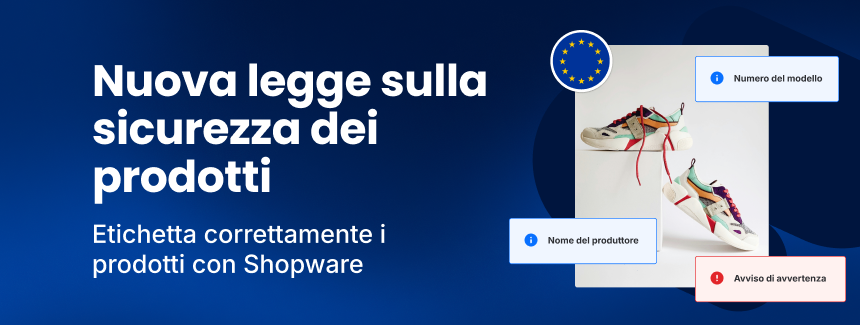
![I migliori negozi B2B Shopware 2024: la selezione di Marie [con video] I migliori negozi B2B Shopware 2024: la selezione di Marie [con video]](https://images.ctfassets.net/nqzs8zsepqpi/7vHhwPwADKIY2pni7zqF1l/8516dea15834d131de303d7cd9853eaf/Maries_top_picks_Blog_Title_Banner_2_IT.png)
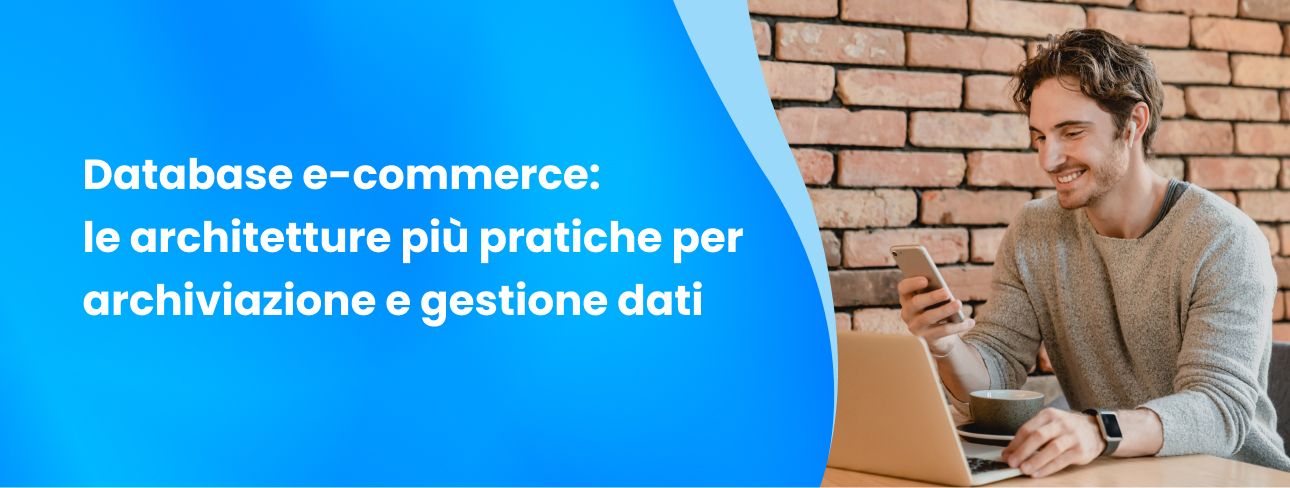

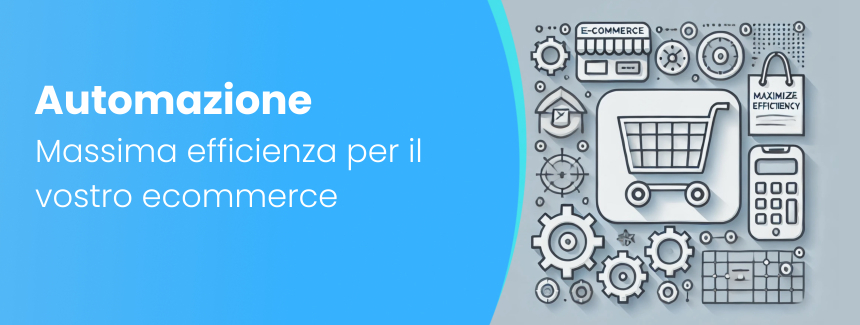
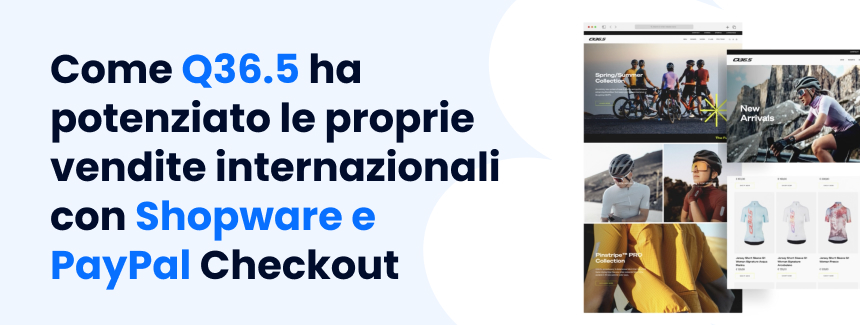
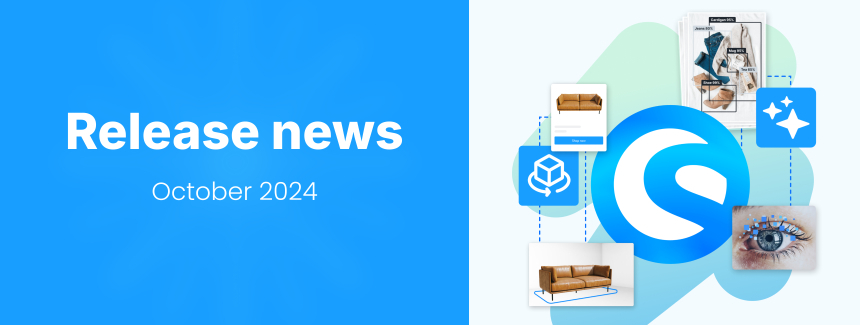
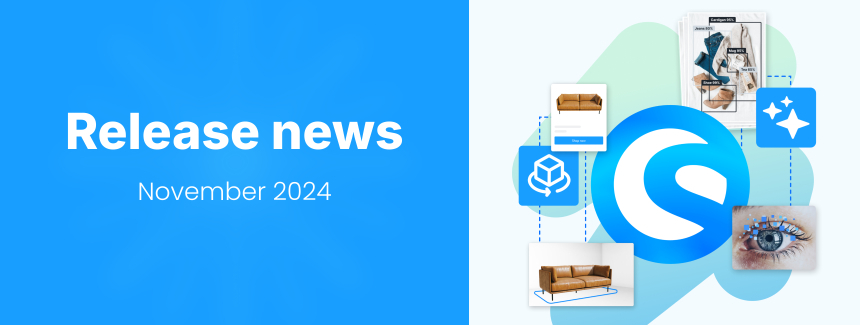
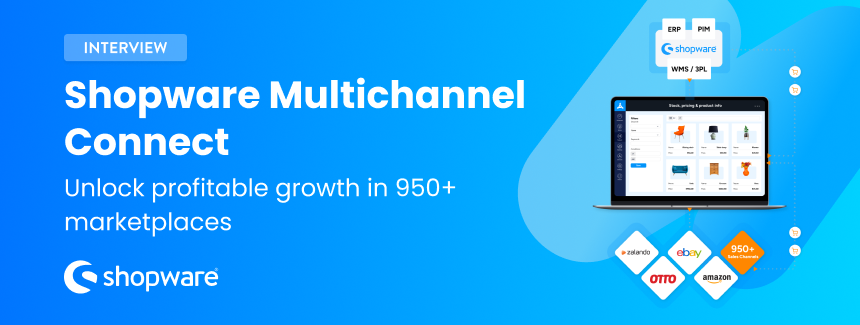

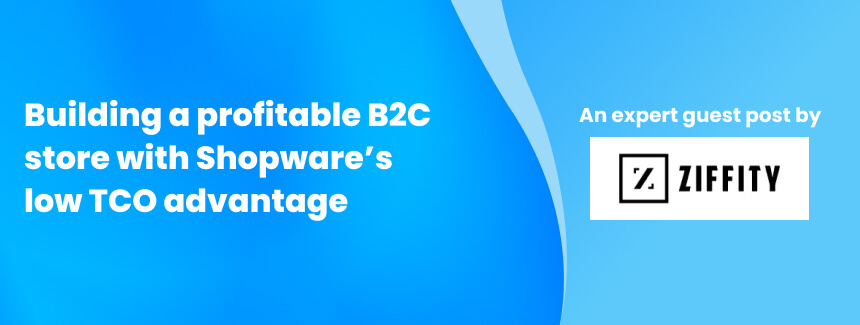
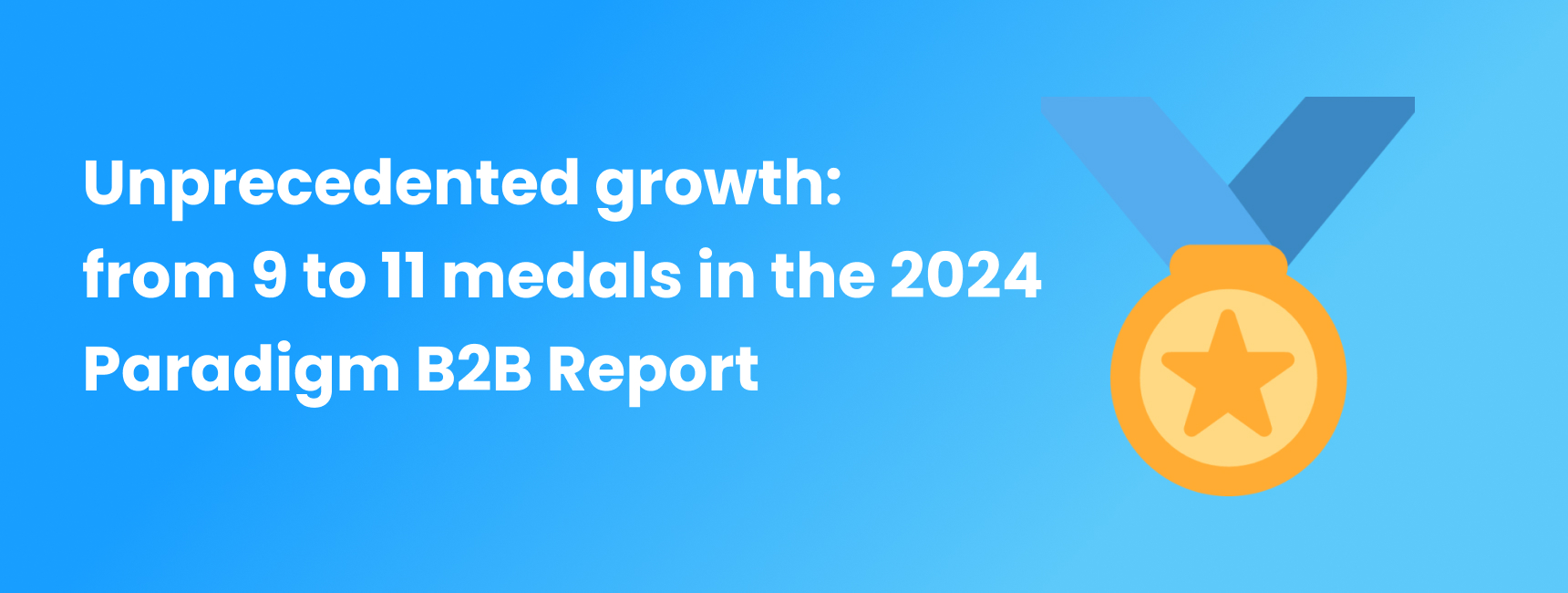

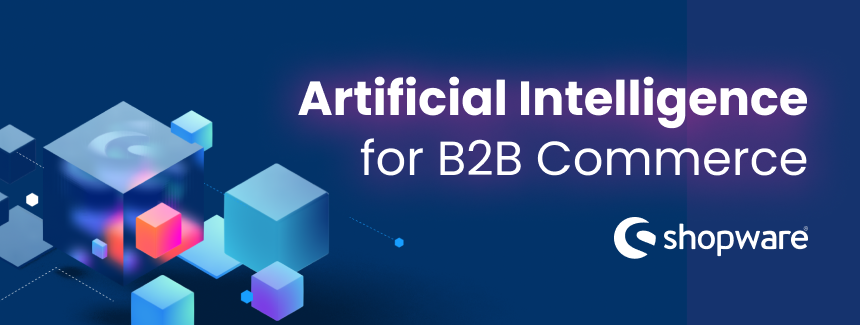
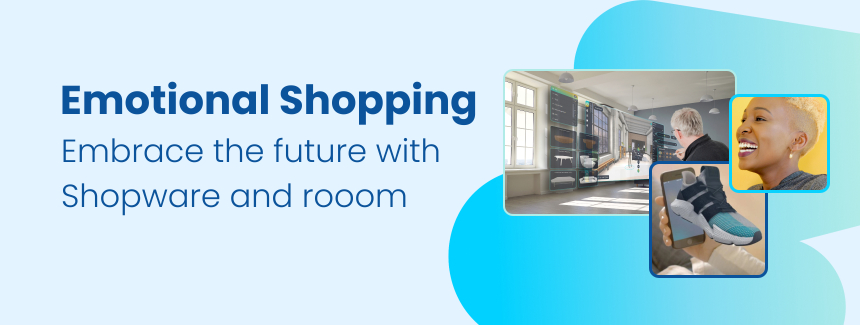
![Empower your ecommerce future: expert strategies and solutions for today's innovation challenges [free white paper] Empower your ecommerce future: expert strategies and solutions for today's innovation challenges [free white paper]](https://images.ctfassets.net/nqzs8zsepqpi/4vcWQUC31KlScx6x0egaeF/3abb53f3299d90f20031fd8d53be6d13/Blog-860x325_3-min.jpg)
